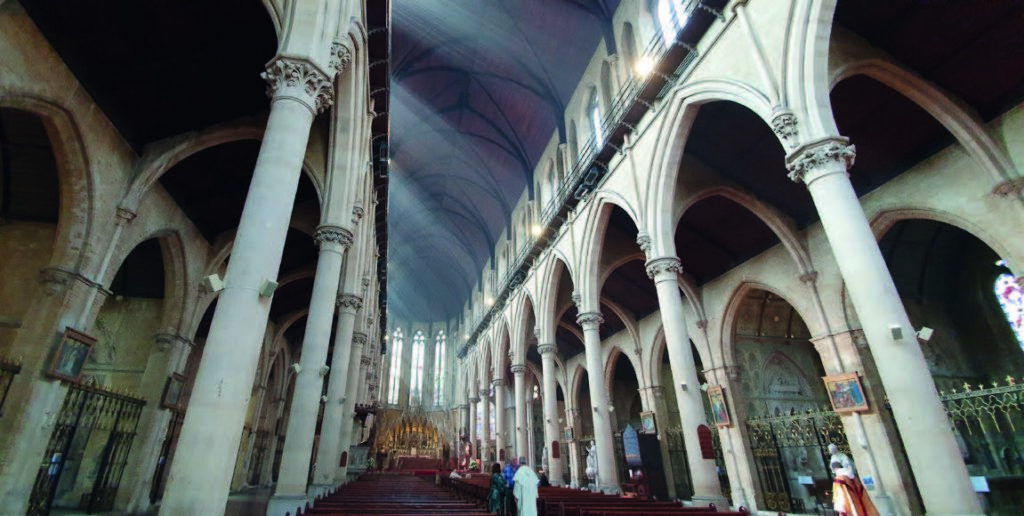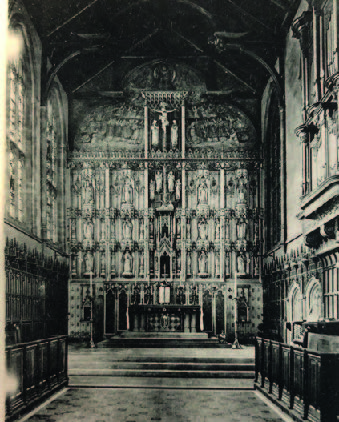History 6: New Growth

The Turning Point
The Provincial Chapter of 1850 was held at a crisis point in the life of the English Dominican Province. Numbers had now dwindled to just six. Under the threat of having to remove the noviciate to Italy, the third day of the meeting saw a miraculous intervention, as a Mr Leigh of Woodchester Park, a convert, appeared unexpectedly and offered the friars a property at Woodchester. This was to mark a turning point in their fortunes.
The period between the friars’ arrival at Woodchester in the Gloucestershire countryside and the end of the century saw the friars grow in numbers and confidence. New urban parish churches (in Newcastle, London and Manchester), schools for the very poor, and priories were built to meet the needs of the friars and those whom they served.


Josiah Spode – A convert of Catholicism’s ‘Second Spring’
Great-grandson of the more famous Josiah Spode, the potter, our Josiah (the fourth of that name) lived in the Armitage Park estate near Rugeley. He married in 1848 but was widowed in 1868. A niece, Helen Gulson, moved in at Armitage Park as housekeeper. Both were practising Anglicans, and Spode was a choirmaster and organist for many years.
Helen Gulson was encouraged by a friend to read the life of Mother Margaret Hallahan, foundress of the Stone Dominican Sisters, and was so moved by what she read there that she went on to buy their needlework to sell at various charitable bazaars. Gulson was drawing closer to Catholicism when a Sr Mary Gabriel at Stone ‘literally pushed’ her into the rooms of Canon Bathurst, the Catholic chaplain ‘and shut the door upon us’.
Not long afterwards, Spode and his niece were received into the Church on August 12th 1885.
At the beginning of Lent the next year, they attended a parish retreat at Rugeley given by Fr Pius Cavanagh. Fr Pius soon became in Gulson’s words ‘our best friend and advisor…’. Towards the end of 1888, both Josiah Spode and Helen Gulson were clothed as Tertiaries by Fr Pius in their private chapel, becoming lay Dominicans.
When Spode died in 1893, he left the bulk of the estate to Helen Gulson. She welcomed the Dominicans into the family’s hall and removed herself to a cottage on the estate and then from 1898, a new priory was built, Hawkesyard Priory. Hawkesyard Priory became the Studium (house of studies) of the English Dominican Province for much of the C20th.
Spode stands for the many Lay Dominicans who not only acted as benefactors of the friars and sisters but who supported members of the Order with their friendship. He may also stand for the many converts attracted to the Order in the nineteenth and twentieth centuries.

